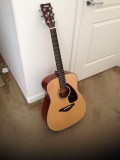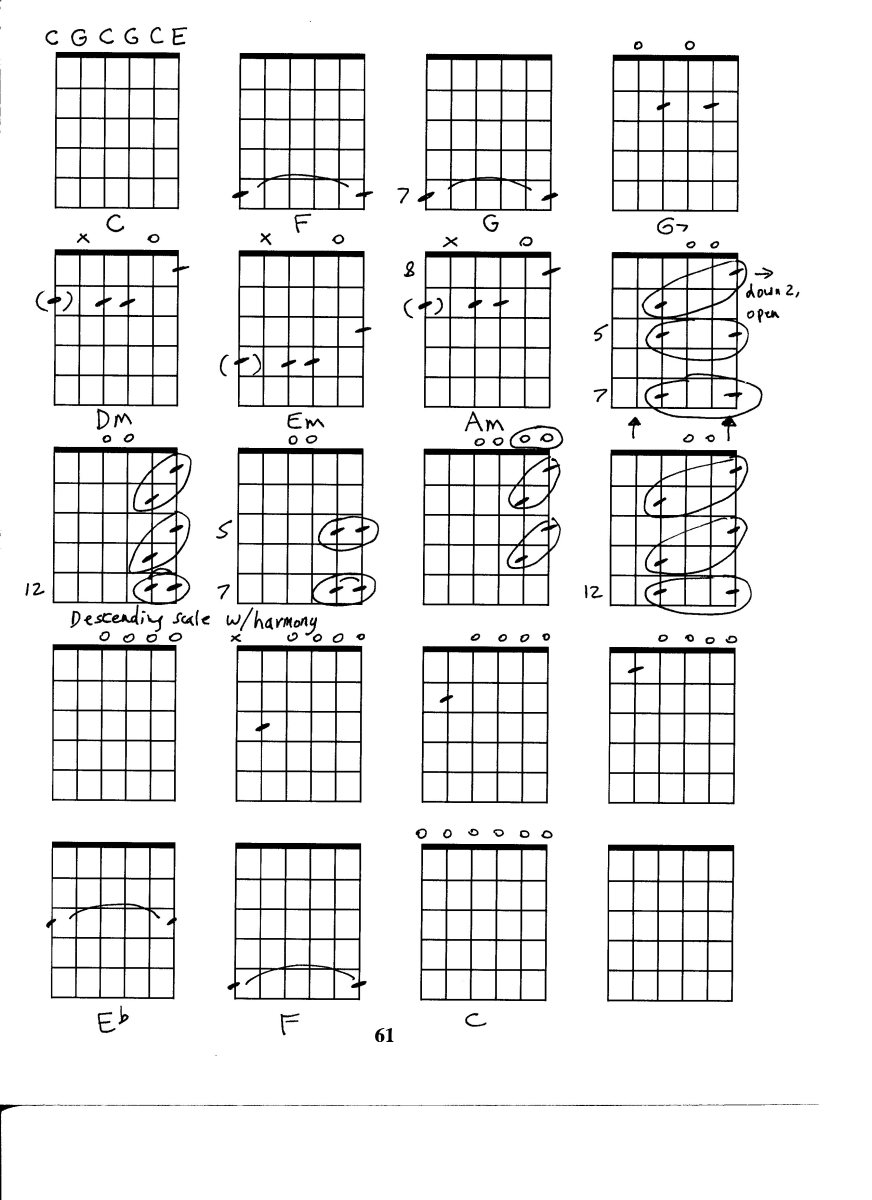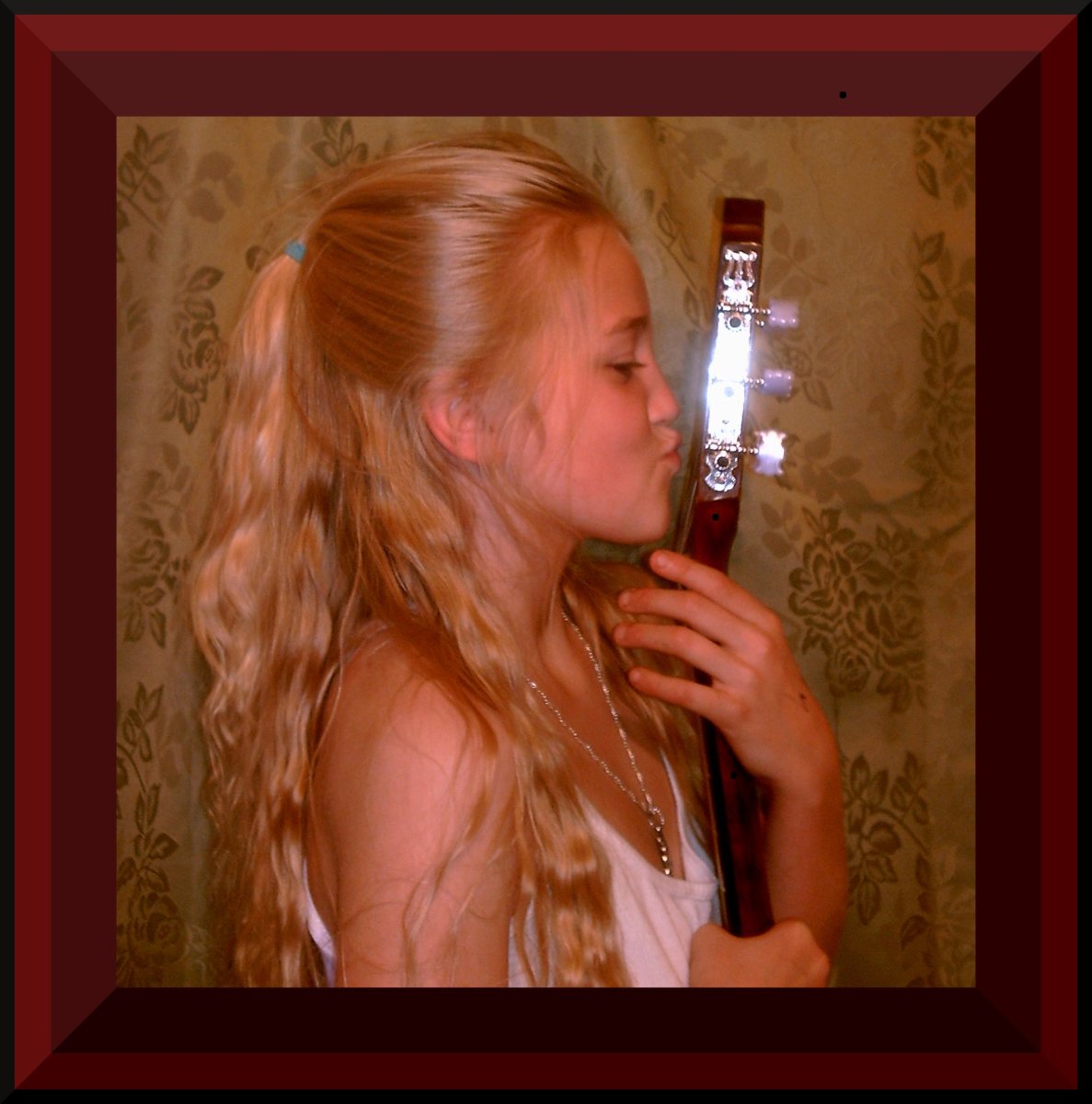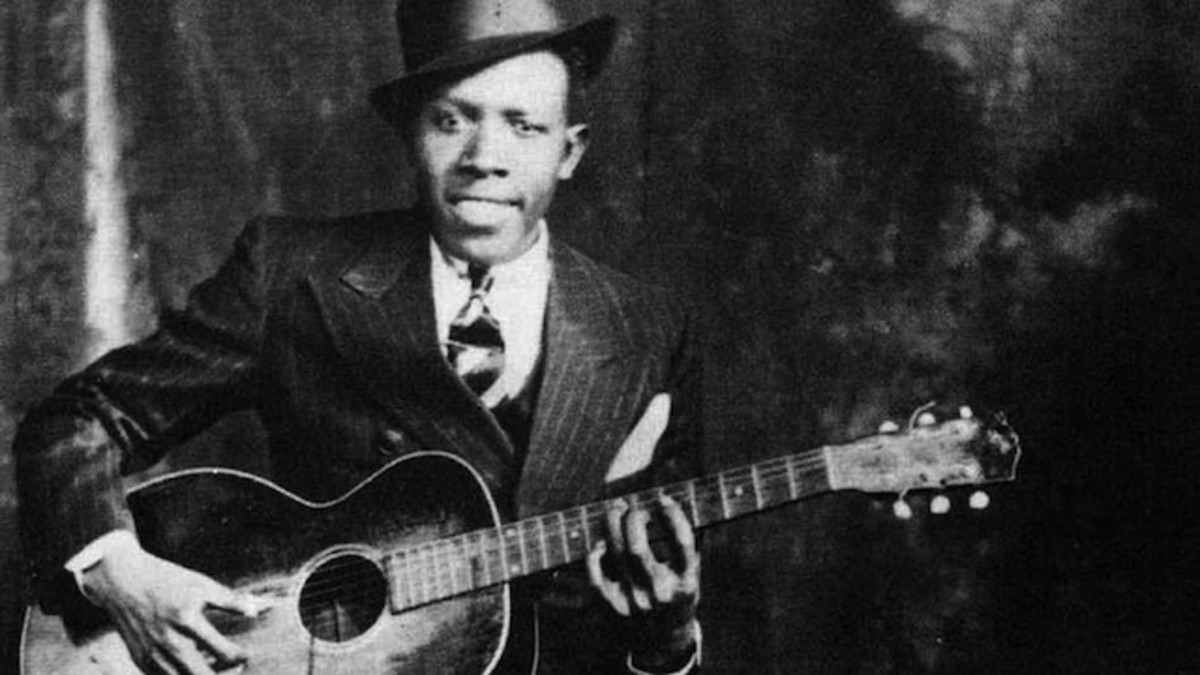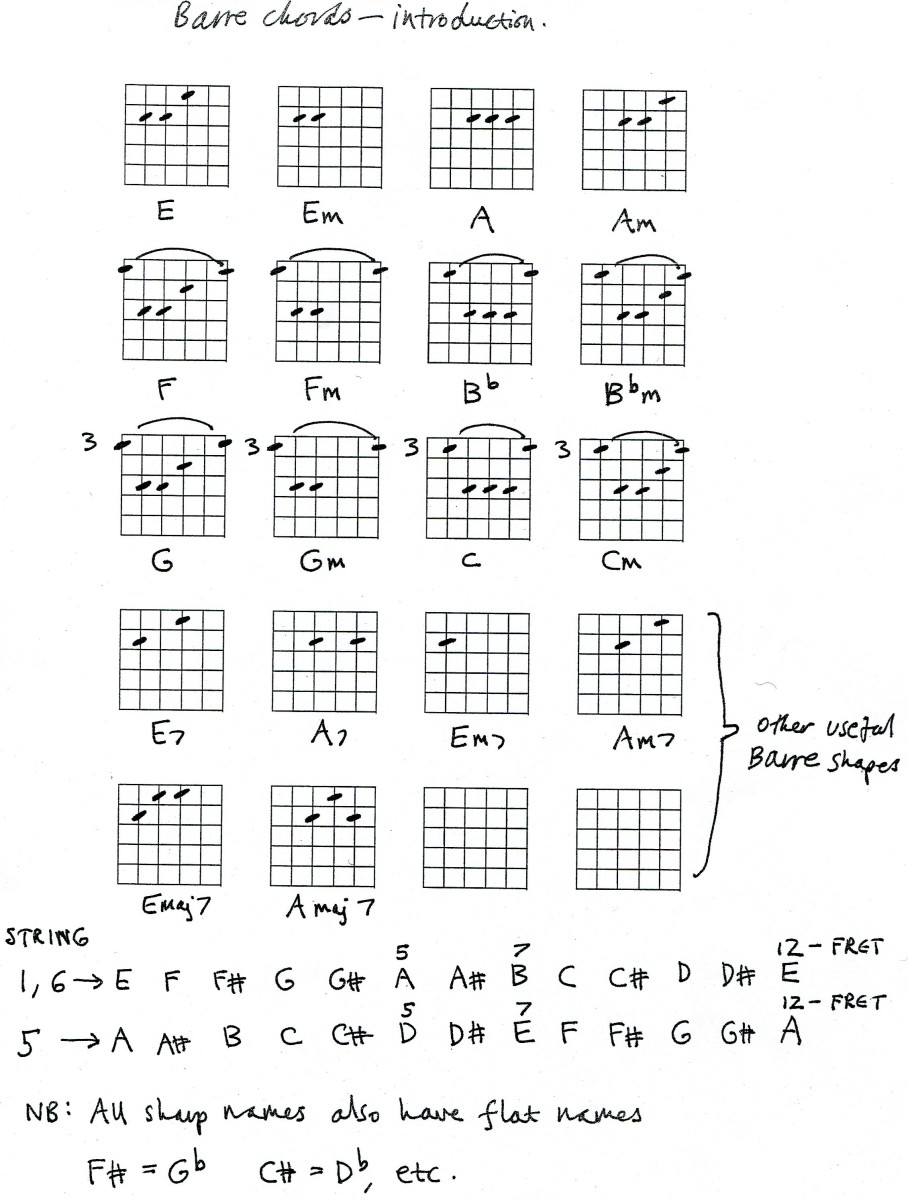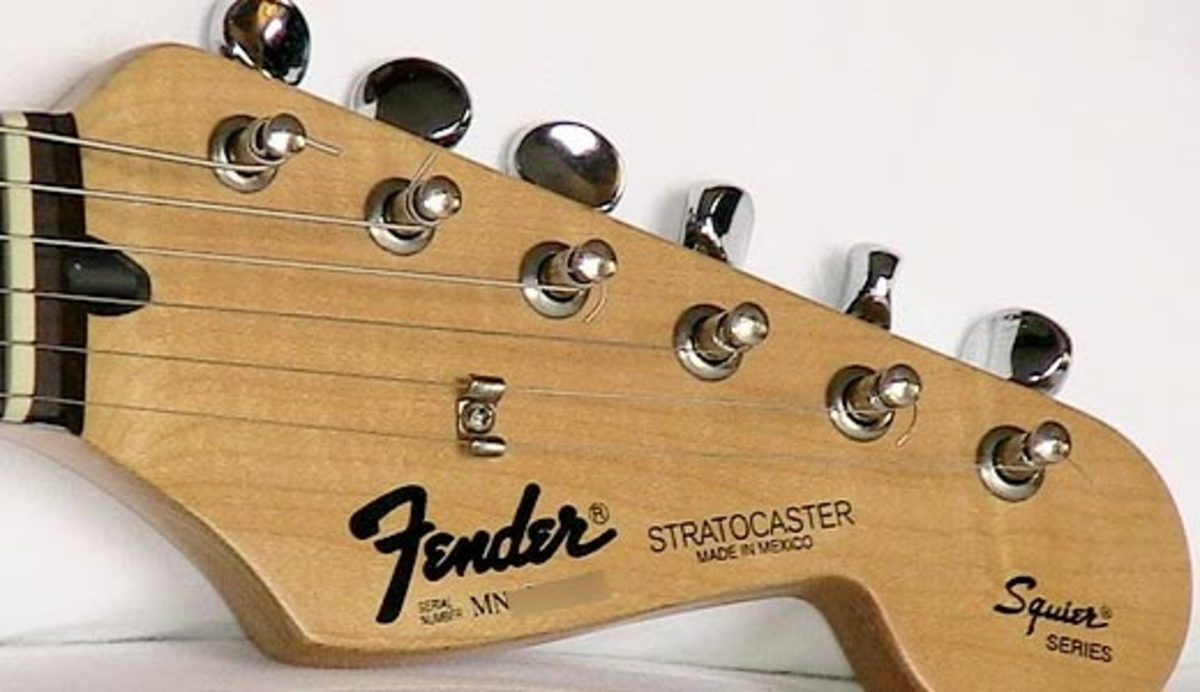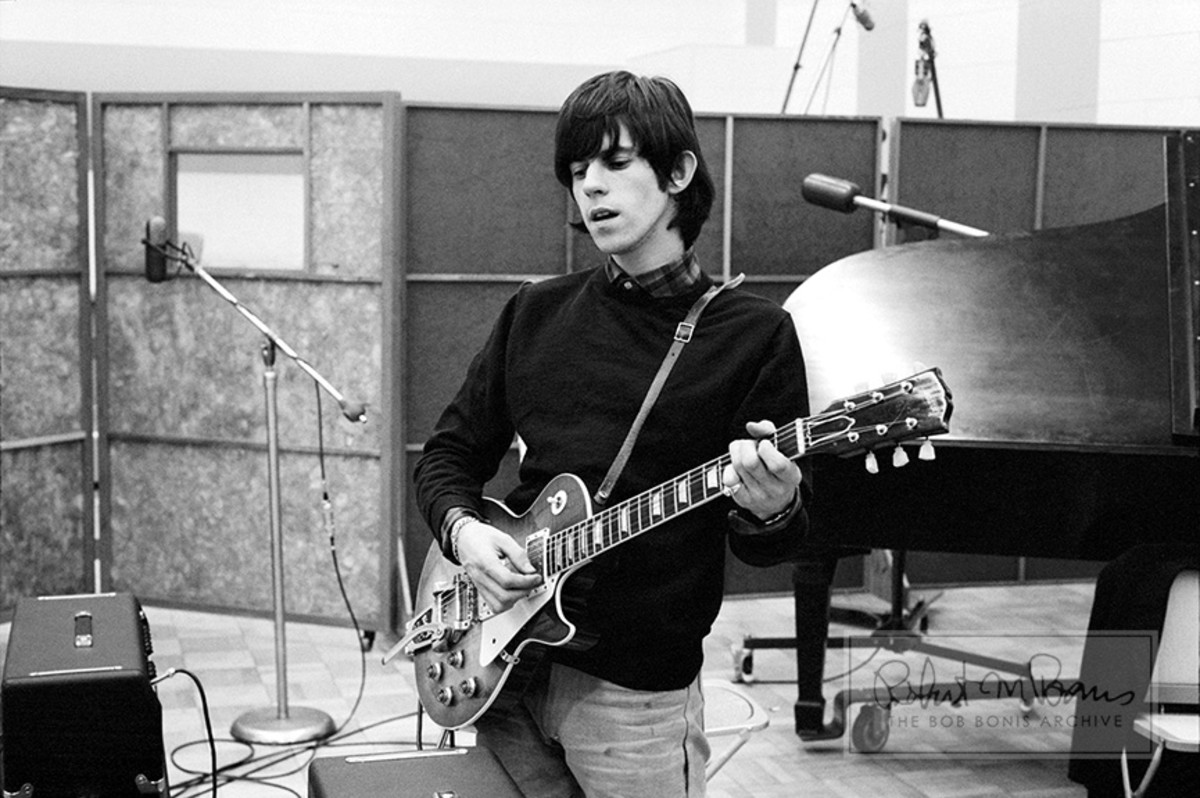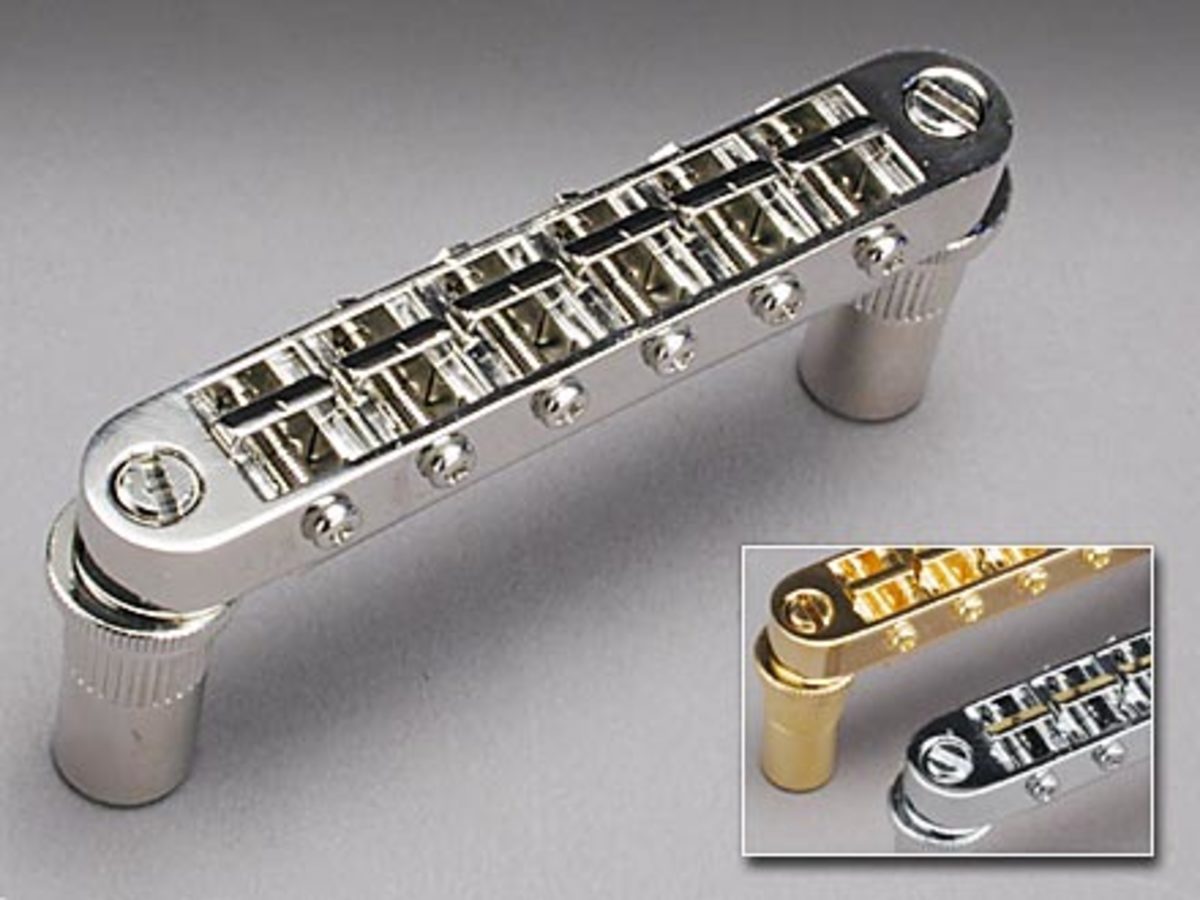Slide Guitar Basics
Slide guitar tunings
Open G is a commonly-used tuning for playing slide or bottleneck guitar. This is also the tuning used extensively by Keith Richards and Joni Mitchell.
D G D G B D (low to high) instead of E A D G B E (standard tuning) To re-tune: strings 1, 5, 6 are lowered by one tone (2 frets)
Personally I find this the most useful. You can play a 12-bar by playing:
(count 4 beats for each bar)
4 bars at fret 12,
2 bars fret 5,
2 bars fret 12
one bar fret 7
one bar fret 5
one bar fret 12,
one bar fret 7.
In numbers: 12 / 12 / 12 / 12 / 5 / 5 / 12 / 12 / 7 / 5 / 12 / 7.
Playing fret 3 notes will give you a nice blues sound. You can slide from 3 to 12 or 0 (open strings)
For now, just play strings 1-5, leaving out the low D. What we're playing is G, C, and D.
G is fret 12 and fret 0 (open)
C is fret 5,
D is fret 7.
I haven't specified which strings to play, because you can alternate any of them - and experiment with what works best. If you wanted to play in open A, a common key for boogie and country rock you could just use a capo on fret 2 instead of having to retune the guitar.
If you'd like to follow up this style of playing, check out Bob Brozman's excellent website.
Open E is E B E G# B E. It's also widely used.
The slide should rest on the string, directly above the fret, and in line with it. Then add vibrato, and slide between notes.To maximise the effect, slide slowly between the notes. Another really good tip is to play any notes at fret 3 slightly flat, a little behind the fret. This gives you a more authentic blues sound.
Try practising on your front porch as the evening sun goes down. Most neighbours will really like this.
Great slide guitarists
Ry Cooder- great albums include Bop til You Drop, Chicken Skin Music. Classic albums that everyone should own.
Bonnie Raitt - great slide, great vocals.
Sonny Landreth - very impressive slide playing
Bob Brozman- the expert on all things slide and world music.
In the 1920 -1930s era, Son House and Robert Johnson were both very important in the development of the Delta blues, and slide guitar in particular.
Robert Johnson is also one of the main influences on both Eric Clapton, who recorded an album of his tunes, and Keith Richards. It's not easy listening, but it's pretty unique.
Types of slide
Almost any cylinder shape object will do, such as plumbing pipe, but a real glass slide is the best and will give a nice tone without the harsher sound of metal. Experiment with clean sounds and amp distortion, which is good for adding sustain.
Listening to the early delta blues masters such as Son House and Robert Johnson you will see a strong connection between slide guitar and the vocal line - with the guitar often finishing off a melody line. Part of the appeal of slide is the vocal quality of the sound, where you can add vibrato or slowly raise the pitch of a note.
Many top players prefer glass slides made by diamond bottlenecks in the UK.
Further study
More on slide and Open tunings is on my hub entitled Guitar in Open G tuning.
A good way to get a handle on slide playing is to try to pick up some simple tunes, nursery rhymes will do, or things like Amazing Grace.
A major scale will use the following fret numbers:
12, 11, 9, 7, 5, 4, 2, 0 (Open string)
Start with the 3rd string, as that is a G major scale and will work with the open strings (G Chord)

